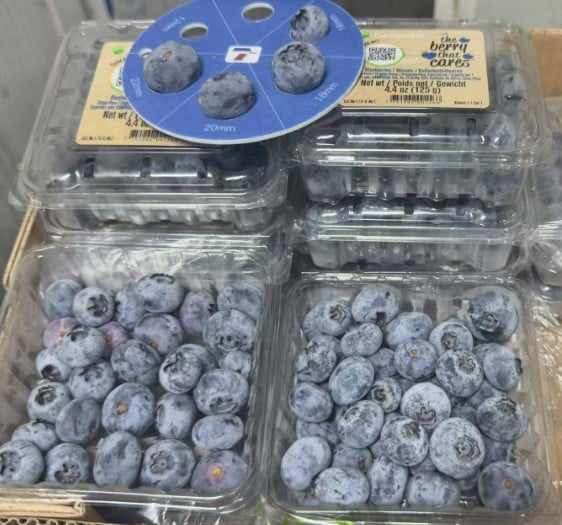Jun 29, 2022|
JD Data: Trends and Needs for Home Consumption
by Doris Liu
Spending related to daily home consumption has become a highlight in Internet retailing in recent years, characterized by quality improvement and habit adjustments, according to a report jointly released by JD and Economic Daily News, a Chinese newspaper.
According to the report, purchase of food, detergent and other necessities requires a high brand trust from customers and indicate characteristics of high purchase frequency and strong user stickiness. Meanwhile, it is observed by JD that a large proportion of customers initially turn to online food shopping for “better diet”, meaning they have clear demands related to health, nutrition, safety, taste and more.
Data shows that health has become the primary consideration for consumers in food selection. Mixed grains, low-fat, and low-sugar products have seen rapid growth, with organic certified products up 110 percent year-over-year (YOY) in variety and 78 percent YOY in sales volume.
Cooking oil is another example to illustrate peoples’ requirements in health under different scenarios. The purchase proportion of refined oils continues to grow, indicating that consumers are more inclined to make their own decisions about different oil use scenarios. Another phenomenon is that large packaging edible oil is more popular with online consumers, due to the convenience brought to people’s doorsteps by delivery service.
Also stimulating innovation are newly-created scenarios accompanied with life improvement and the focus of different groups of people. For instance, diapers have been more specialized and high-end oriented, with baby swim diapers and adult diapers increasing 561 and 65 percent YOY in sales respectively.
Looking at the sales trends of the tissue paper category geographically, more and more consumers choose to buy products online. Among them, the fifth and six-tier markets have higher percentage of sales, while the third-tier cities are growing fastest.
As the most commonly used commodities in daily life, facial care, body care and other personal care products also hint that people’s consumption is changing from rigid demand to individual preference.
First, the young generation, who are also the main force of online consumption of personal care products, have diversified their personalized needs, which not only affects the development of the traditional market, but is also driving the emergence of lower tier markets.
Furthermore, small and portable packaging is gaining popularity, as it is more flexible in scenarios such as home and outdoor. With more design elements added to personal care products, cutting-edge marketing methods including crossover, customized and limited edition are used to appeal to differentiated market segments.







 JD Report: China’ s Eye-Care Market Has Huge Potential
JD Report: China’ s Eye-Care Market Has Huge Potential



